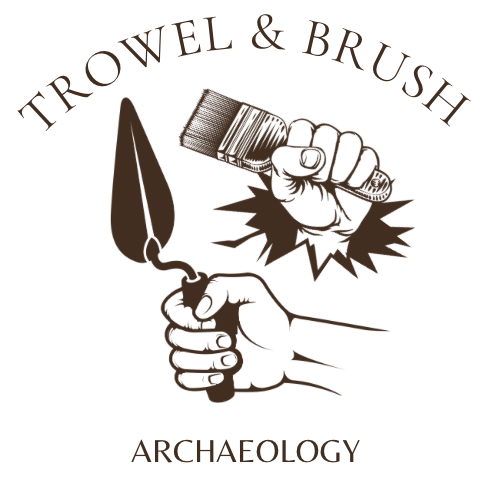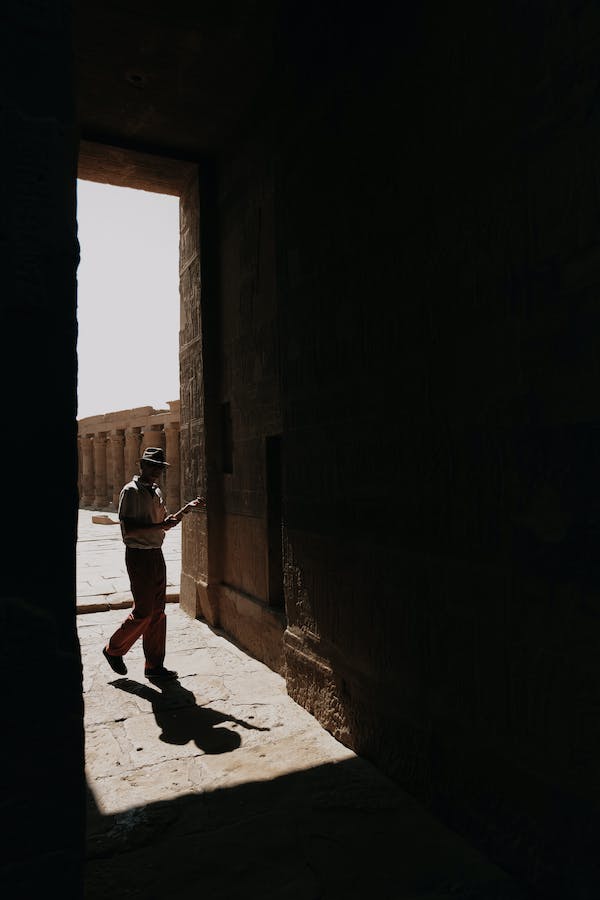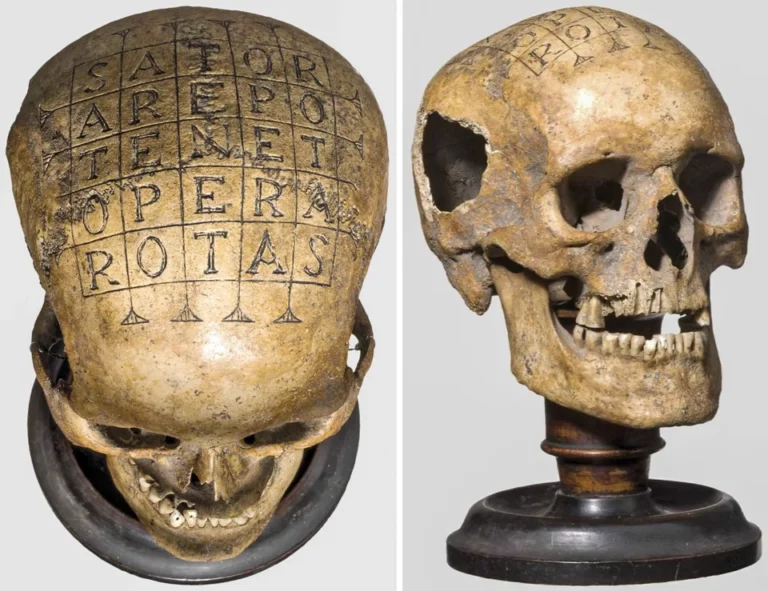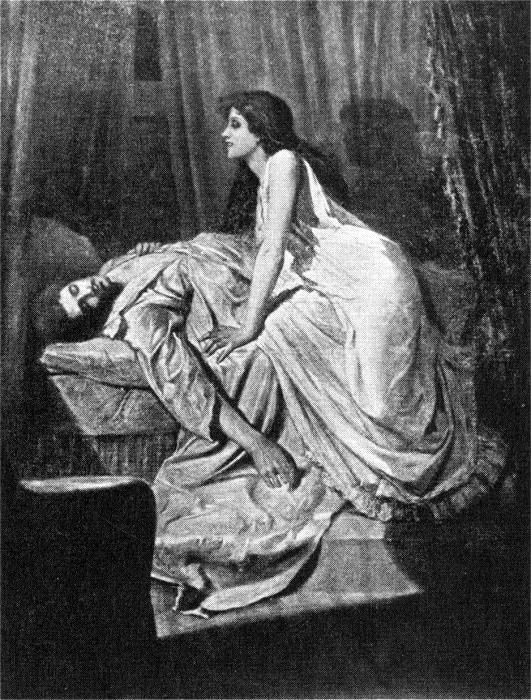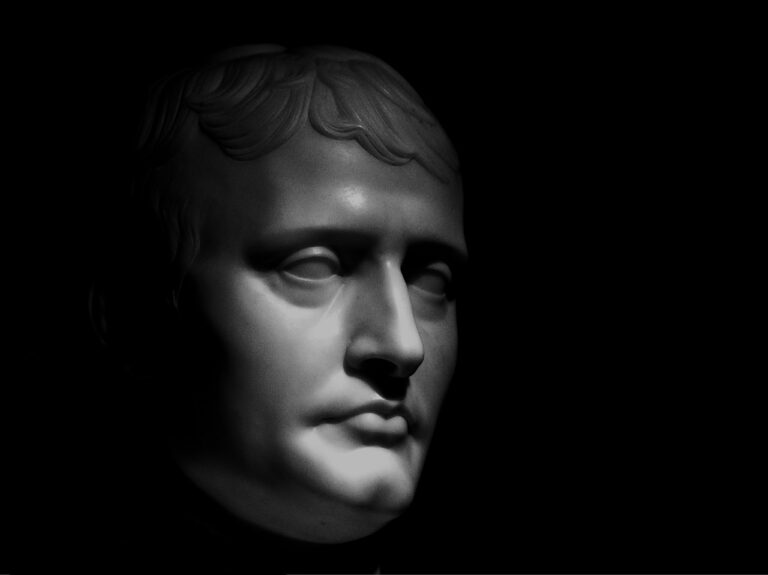The Hunt for Cleopatra’s Lost Tomb
Cleopatra, a figure that history has both mystified and idolized, has continually fascinated historians, archaeologists, and aficionados alike.
This iconic Egyptian queen, celebrated for her political wisdom, captivating beauty, and tumultuous relationships with Rome’s most powerful figures, has etched an indelible mark in history’s grand narrative.
However, the final resting place of the last Pharaoh, often discussed in muted whispers and enticing tales of historical intrigue, continues to pose one of the most intriguing unsolved puzzles in archaeology.
The Historical Context
Cleopatra VII ascended to the throne of Egypt in 51 BC, following the death of her father, Ptolemy XII, to become the last pharaoh of the Ptolemaic Dynasty. This dynasty, established in 305 BC by Ptolemy I Soter, a companion and historian of Alexander the Great, was the final chapter in thousands of years of pharaonic rule in Egypt.
Cleopatra’s reign was marked by political instability and territorial loss. To solidify her rule, she formed romantic and political alliances with two of the most powerful men in Rome, Julius Caesar, and later Mark Antony. With Julius Caesar, she had a son, Caesarion, and after Caesar’s assassination, she aligned herself with Mark Antony, bearing him three children.
Following a series of political and military confrontations, known as the Final War of the Roman Republic, Antony and Cleopatra were defeated at the Battle of Actium in 31 BC by Octavian’s forces. Octavian, Julius Caesar’s adopted heir, later became Emperor Augustus, marking the beginning of the Roman Empire and the end of the Hellenistic period.

According to the accounts of ancient historians like Plutarch and Dio Cassius, following their defeat, Antony and Cleopatra committed suicide, Antony by falling on his sword and Cleopatra by a poisonous asp. The circumstances surrounding Cleopatra’s death have been the subject of much debate and speculation, but what is generally agreed upon is that Octavian allowed for them to be buried together.
The historians describe their tomb as a golden mausoleum located near a temple of the Egyptian goddess Isis. Plutarch further adds that it was a “lofty and beautiful” monument filled with treasures made of gold, silver, emeralds, pearls, ebony, and ivory. Despite these tantalizing details, the accounts do not provide specific information about the tomb’s exact location, thus setting the stage for one of the most enduring archaeological mysteries.
Archaeological Evidence of Cleopatra’s Tomb
While the exact location of Cleopatra’s tomb continues to elude archaeologists, various pieces of evidence, some indirect and others more tangible, have been unearthed that link to her life and reign. Each discovery provides a fragment of the past, shedding light on the world that Cleopatra inhabited.
Evidence from Alexandria
In the ancient city of Alexandria, where Cleopatra once held court, extensive underwater excavations have revealed intriguing remnants of what is believed to be the royal palace and the surrounding cityscape. These discoveries include statues, amulets, and coins, as well as parts of buildings and monuments.
Of particular note is a pair of sphinx statues and a black granite statue believed to represent Cleopatra herself. Red granite columns and broken pieces of colossal statues, suggestive of a place of substantial grandeur and significance, have also been discovered. Although these findings can’t directly lead archaeologists to Cleopatra’s tomb, they paint a vivid picture of the splendor of Ptolemaic Alexandria and the surroundings that Cleopatra would have been familiar with.
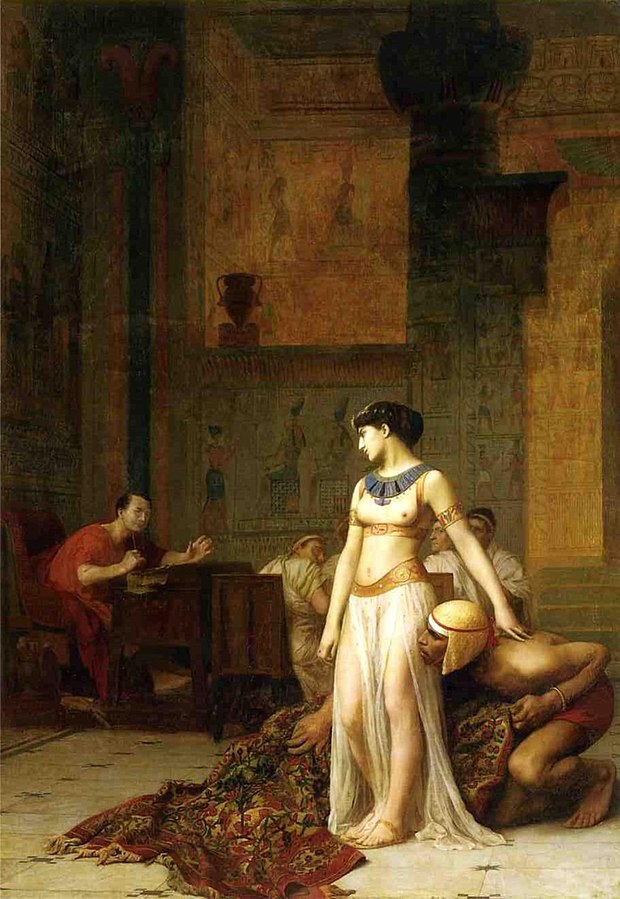
Evidence from Taposiris Magna
The temple complex of Taposiris Magna, located 45 kilometers west of Alexandria, has become a hotspot of archaeological interest, thanks to the work of Kathleen Martinez. Over the course of her decade-long excavations, numerous artifacts have been discovered that suggest a close connection to Cleopatra and Mark Antony.
Among the most intriguing finds are a bronze statue of Aphrodite, the goddess of love and beauty, and a mask believed to depict Mark Antony. These discoveries, coupled with numerous royal mint coins featuring Cleopatra’s image, suggest the area’s close association with the queen and her Roman consort.
Perhaps the most compelling evidence comes from the intricate network of tunnels and chambers discovered underneath the temple. The design and layout of these subterranean spaces closely resemble other Ptolemaic-era tombs, which strengthens the hypothesis that Cleopatra’s tomb might be located here.
For more information click here.
Despite these significant finds, the definitive discovery of Cleopatra’s tomb remains elusive. Each new artifact and piece of evidence unearthed adds another layer of understanding to the complex narrative of Cleopatra’s life and times, but the final chapter of this fascinating story — the location of her tomb — remains to be written.
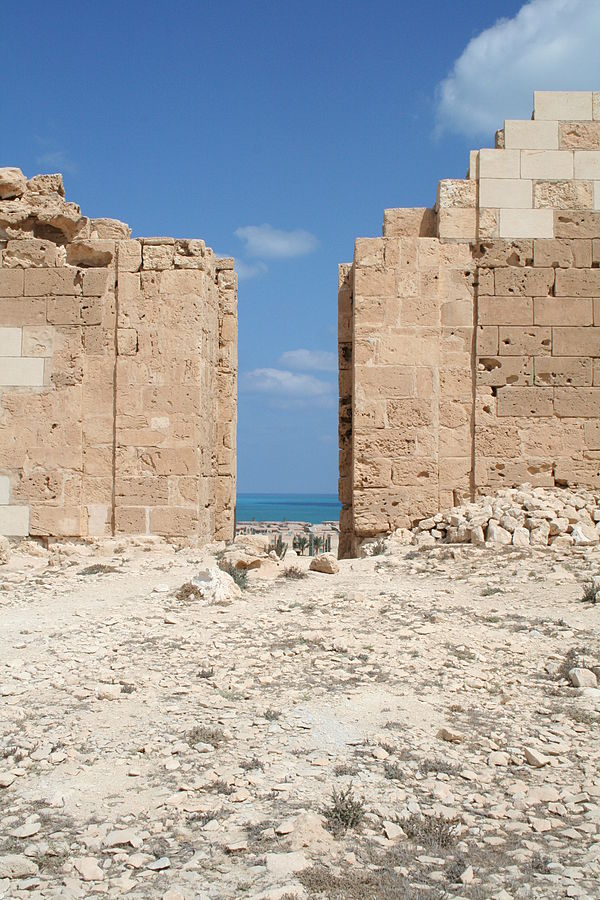
Conclusion
Cleopatra continues to captivate and bewilder historians and archaeologists with the mystery of her final resting place. Despite significant advancements in archaeological methods and technology, the golden tomb described by ancient historians has not yet been uncovered.
Whether it lies beneath the shifting sands of Taposiris Magna, hidden beneath the waves in the ruins of Alexandria, or in a place yet to be considered, the search for Cleopatra’s tomb is about much more than locating a historical site. It’s about understanding the life and death of one of history’s most influential figures, uncovering new aspects of ancient Egyptian culture, and adding another piece to the complex jigsaw puzzle of human history.
Check out our other stuff
“Fun Fact: Despite the common belief that Cleopatra’s tomb is filled with untold treasures and riches, ancient historian Plutarch tells a slightly different story. According to his accounts, when Octavian (later known as Emperor Augustus) entered Alexandria, he was curious to see the famed tomb. However, instead of finding a treasure-laden crypt, he discovered a nearly-empty tomb. This led to speculation that either Cleopatra’s attendants or Octavian’s soldiers had looted the tomb before he could see it. It appears that the grandeur of Cleopatra’s tomb might have been short-lived, adding another layer of mystery to its legend!”
If you enjoyed this article, check out our others by clicking the button below.
